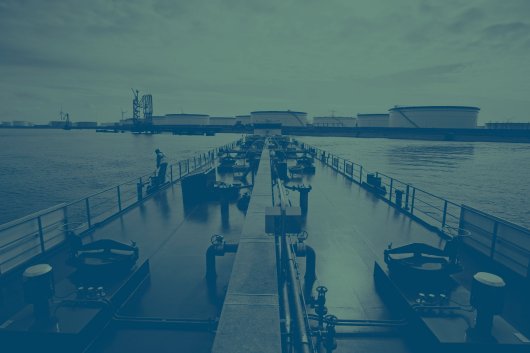Japan completes world's first hybrid car carrier
Vessel combines solar with lithium-ion batteries and is designed to generate zero emissions while berthed.
Mitsui O.S.K. Lines, Ltd. (MOL) has announced the completion of the hybrid car carrier Emerald Ace [pictured], designed to generate zero emissions while berthed, at the Mitsubishi Heavy Industries, Ltd. (MHI) shipyard in Kobe.
The Emerald Ace was built as the world's first newly-built hybrid car carrier, and is equipped with a hybrid electric power supply system that combines a 160kW solar generation system - jointly developed by MHI and MOL - with lithium-ion batteries that can store some 2.2MWh of electricity. Conventional power generation systems use diesel-powered generators to supply onboard electricity while berthed.
On the Emerald Ace, electricity is generated by the solar power generation system while the vessel is under way and stored in the lithium-ion batteries. The diesel-powered generator is completely shut down when the ship is berthed with the batteries providing all the electricity required, thus resulting in zero emissions at the pier.
MOL said the vessel's hybrid system represents a significant step forward in realizing ISHIN-I - MOL's concept for the next-generation car carrier that it announced in September 2009.
"MOL continues to take a proactive stance in technological development with the aim of reducing the environmental burden of its vessels and operations," the company said.
The Emerald Ace was built as the world's first newly-built hybrid car carrier, and is equipped with a hybrid electric power supply system that combines a 160kW solar generation system - jointly developed by MHI and MOL - with lithium-ion batteries that can store some 2.2MWh of electricity. Conventional power generation systems use diesel-powered generators to supply onboard electricity while berthed.
On the Emerald Ace, electricity is generated by the solar power generation system while the vessel is under way and stored in the lithium-ion batteries. The diesel-powered generator is completely shut down when the ship is berthed with the batteries providing all the electricity required, thus resulting in zero emissions at the pier.
MOL said the vessel's hybrid system represents a significant step forward in realizing ISHIN-I - MOL's concept for the next-generation car carrier that it announced in September 2009.
"MOL continues to take a proactive stance in technological development with the aim of reducing the environmental burden of its vessels and operations," the company said.
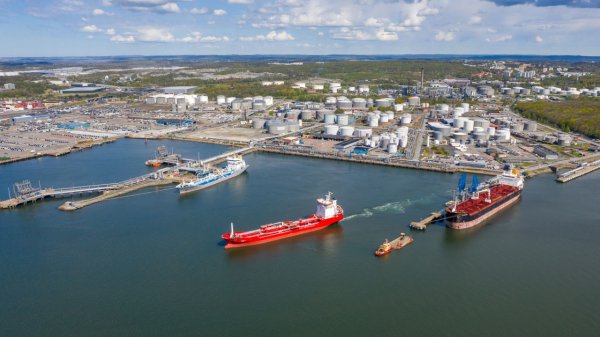
|
Swedish biomethane bunkered in Gothenburg
Test delivery performed by St1 and St1 Biokraft, who aim to become large-scale suppliers. |
|
|
|
||
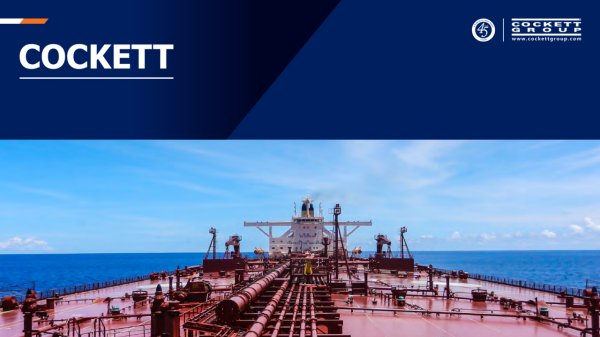
|
Cockett to be closed down after 45 years
End of an era as shareholders make decision based on 'non-core nature' of Cockett's business. |
|
|
|
||
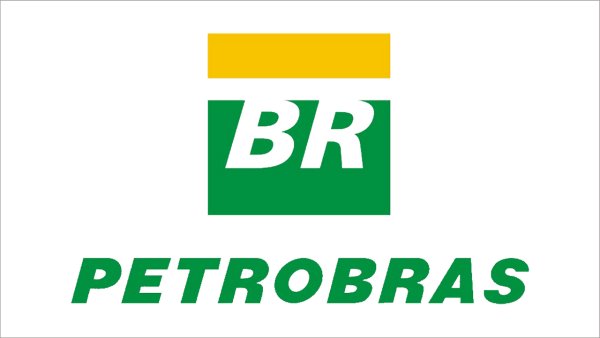
|
Petrobras confirms prompt availability of VLS B24 at Rio Grande
Lead time for barge deliveries currently five days. |
|
|
|
||
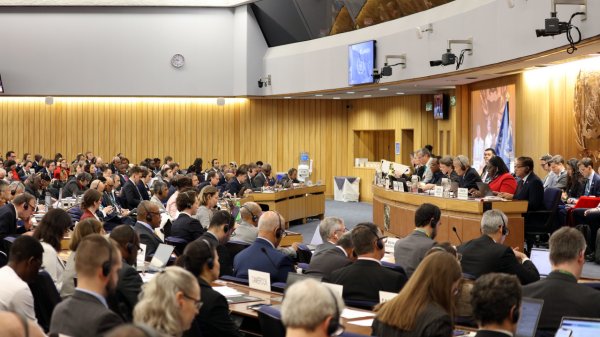
|
IMO approves pricing mechanism based on GHG intensity thresholds
Charges to be levied on ships that do not meet yearly GHG fuel intensity reduction targets. |
|
|
|
||
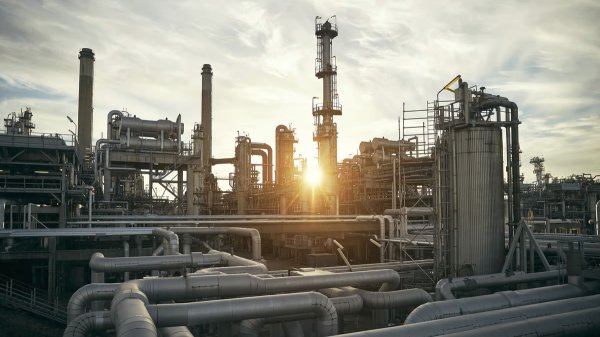
|
VARO Energy expands renewable portfolio with Preem acquisition
All-cash transaction expected to complete in the latter half of 2025. |
|
|
|
||
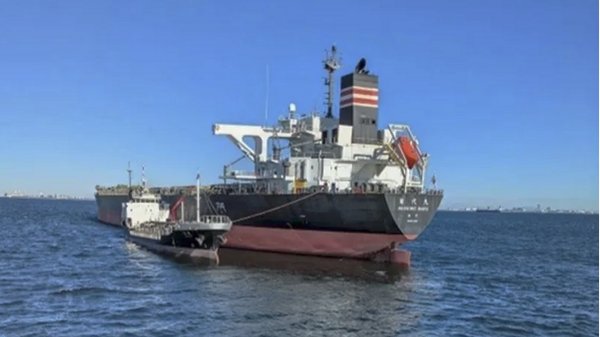
|
NYK trials biofuel in milestone coal carrier test
Vessel is used to test biofuel for domestic utility company. |
|
|
|
||
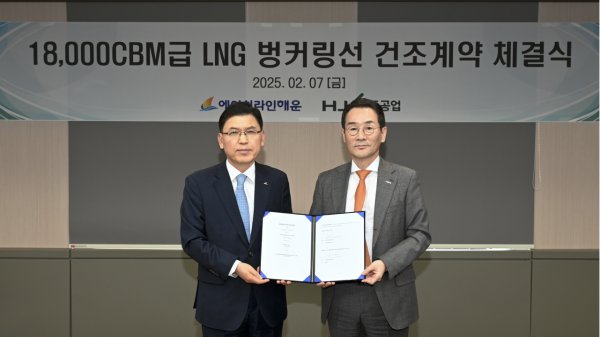
|
H-Line Shipping orders LNG bunkering vessel
Vessel with 18,000-cbm capacity to run on both LNG and MDO. |
|
|
|
||

|
How to engineer and manage green shipping fuels | Stanley George, VPS
Effective management strategies and insights for evolving fuel use. |
|
|
|
||
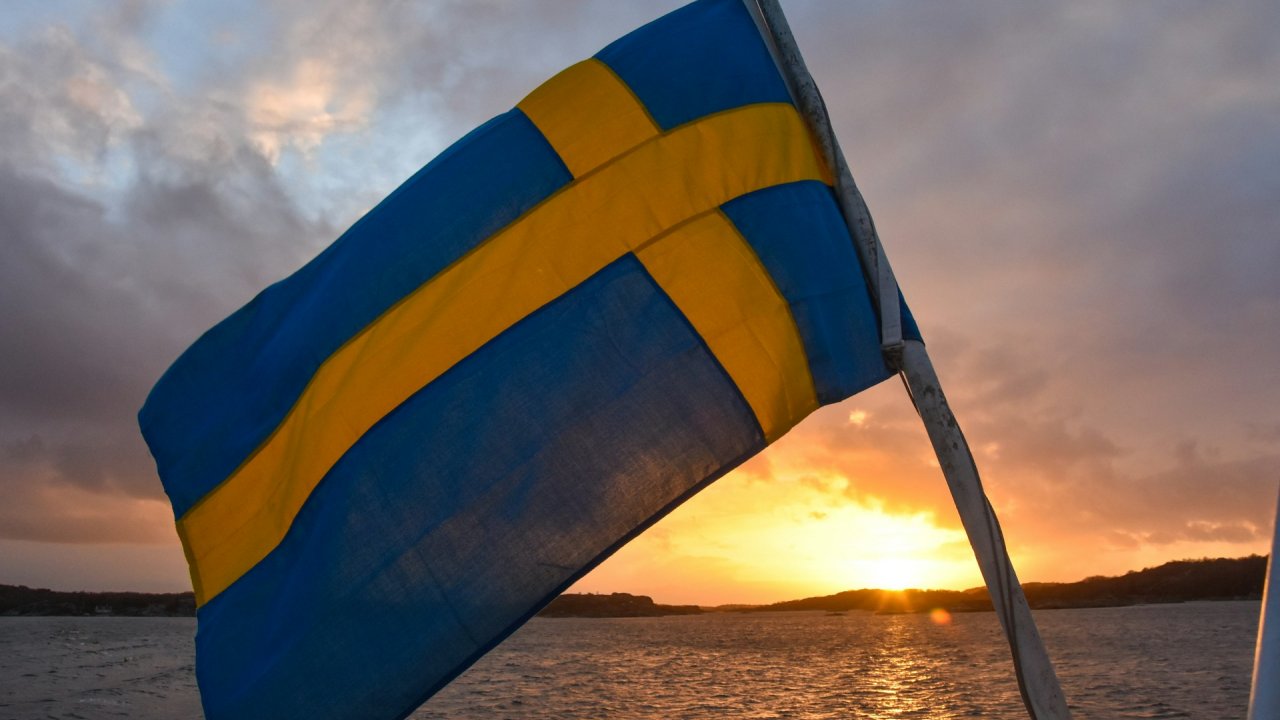
|
Swedish government bans scrubber wastewater discharges
Discharges from open-loop scrubbers to be prohibited in Swedish waters from July 2025. |
|
|
|
||
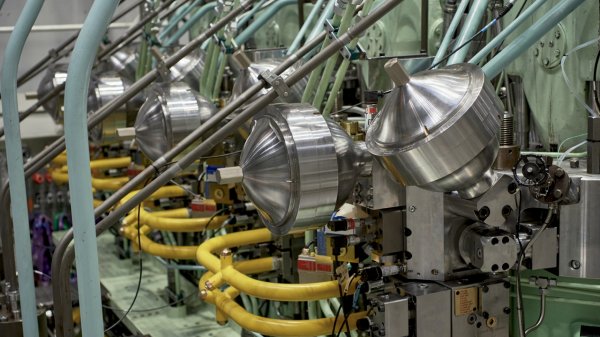
|
MAN Energy Solutions achieves 100% load milestone for ammonia engine
Latest tests validate fuel injection system throughout the entire load curve. |
|
|
|
||
Related Links
- · Japan [Directory]

